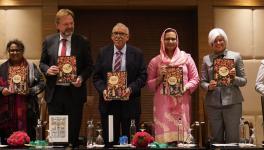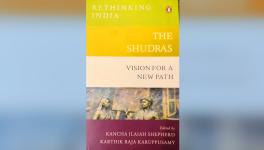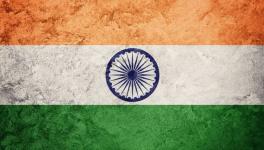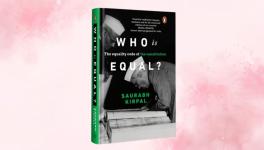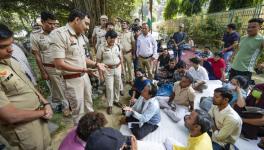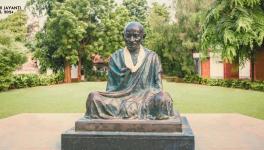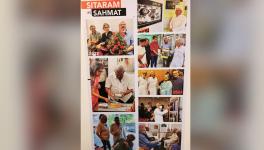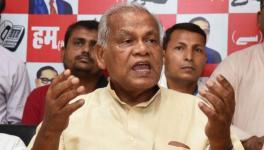Why We Must Annihilate Caste to Save Indian Democracy
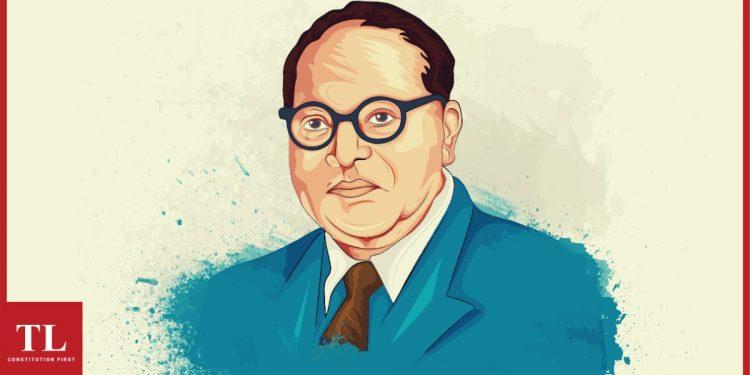
Contrary to the spirit of the Indian Constitution, Indian citizens continue to strengthen the notion that basically all human beings are unequal. As a result, violence continues based on caste and gender. Unfortunately, we perceive this systemic violence as a law-and-order problem rather than the greatest challenge to the Indian Constitution which upholds the equality of all citizens, writes DR MARTIN MACWAN.
—-
The truth is always simple. Caste has decayed Indian democracy and nationalism. It continues to shame India in the eyes of the world. Barring a miniscule section, most Indians carry the dual schizophrenic identity, “I-am-lower-than-the-other-but-I-am-higher-than-the-other”.
Caste has humiliated every religion on earth.
As a direct challenge to Mahatma Gandhi who appreciated caste and was opposed to untouchability, Dr BR Ambedkar advocated annihilation of caste against the backdrop of the Poona Pact to ensure that India truly grew as a nation. Independence from British rule failed to liberate India from the slavery of caste.
Caste & Gender
Discrimination based on caste (including sub-castes within each caste) and gender are two sides of the same coin. Contrary to the spirit of the Indian Constitution, we, as Indian citizens, continue to strengthen the notion that basically, human beings are unequal. As a result, violence continues based on caste and gender. Unfortunately, we perceive this systemic violence as a law-and-order-problem rather than the greatest challenge to the Indian Constitution which upholds equality of all citizens.
As a direct challenge to Mahatma Gandhi who appreciated caste and was opposed to untouchability, Dr. BR Ambedkar advocated annihilation of caste against the backdrop of the Poona Pact to ensure that India truly grew as a nation. Independence from British rule failed to liberate India from the slavery of caste.
Read also: The Insidious Interlocking of Caste And Gender In India
Governance, both political and judicial, is constrained by measures such as caste-based reservations and special legislations like the Prevention of the Atrocities Act.
Caste is perceived as a problem of Dalits than one affecting every Indian citizen.
Caste has been a systemic phenomenon that has obstructed the mental, social, economic and cultural growth of all Indian citizens. True, people who are most adversely affected by caste, manifested through poverty, abuses, discrimination and malnutrition, are Dalits, tribals, religious minorities and OBCs.
Discrimination based on caste and gender are two sides of the same coin. Contrary to the spirit of the Indian Constitution, we, as Indian citizens, continue to strengthen the notion that basically human beings are unequal.
And yet, as a nation, we have limited our measures to combat the menace of caste to just welfare measures and affirmative action programmes for Dalits. This not only strengthens our notion that Dalits are the victims, but that caste is their sickness.
In fact, caste is an Indian sickness and we have done nothing to correct the prejudices of the people who have continued to benefit from the privileges of their caste status. The corrective measures, needless to say, cannot be limited to law alone, but should be an enormous educational process.
An untouchable-free India
So can the largest democracy of the world answer this question: Will the dream of 1947 of an untouchability-free India be accomplished in 2047? Will future generations carry the identity of “higher and lower” caste? If caste cannot be annihilated, will the existence of India as a nation be reduced to a myth?
Caste is perceived as a problem of Dalits than one affecting every Indian citizen. And yet, as a nation, we have limited our measures to combat the menace of caste to just welfare measures and affirmative action programmes for Dalits. This not only strengthens our notion that Dalits are the victims, but that caste is their sickness.
Having spent more than four decades addressing the adverse impacts of caste and the resultant practices of untouchability, the question that deeply bothers me is this: Why does the Indian republic love caste more than its own Constitution? Sadly, I have witnessed every Indian village become a “one-country-two-nation” module.
Read also: Erosion of Constitutional Rights and Growing Anti-caste Movements
Not only are religious places of a common deity segregated by caste, but cremation and burial grounds too. Dwellings are segregated by caste as well.
In a village in Kerala, I witnessed two separate churches across the road – for Dalits and non-Dalits–with their caste-specific priests. There is no religion that is devoid of caste discrimination. This reality is pushing the Indian psyche to be a part of a confederation of castes.
Our political culture is strengthening the rule of caste, just as our propagation of religious ideologies.
Not only are religious places of a common deity segregated by caste, but cremation and burial grounds too. Dwellings are segregated by caste as well. In a village in Kerala, I witnessed two separate churches across the road – for Dalits and non-Dalits–with their caste-specific priests. There is no religion which is devoid of caste discrimination.
This concern needs national intervention, especially in the context of our mission to construct a glorious monument for the Parliament. Amidst all the environmental and moral-ethical concerns raised around this construction with best of the Gujarati architectural expertise, there is a critical question: What will happen in the new Parliament which will be different and unique? Will the new House be able to ensure annihilation of caste and establish a one country-one nation constitutional vision?
1 Country 1 Nation Campaign
Every debate requires a programme. Thus, an initiative has come from Gujarat. Navsarjan Trust, which has been leading a campaign called “1 Country 1 Nation, please repeat 1 Country 1 Nation”. The campaign is planning to mint a brass coin, the largest coin minted so far, to be donated to Parliament for its upcoming monument. The coin has an engraved question: “Will the 1947 dream of Untouchability-free India be accomplished in 2047?”

Why the coin? The practice of placing a coin in the foundation of a building is connected to the 11th-century legend of Megh Mahya, a youth considered untouchable who was beheaded to ensure water supply in a pond in the kingdom of Patan. The story is beautifully filmed in Bhavni Bhavai, starring Nasiruddin Shah and Smita Patil. Megh Mahya agreed to be sacrificed on the condition that the king did away with untouchability. Last year, Gujarat has allocated Rs 3 crore for the Megh Mahya Memorial. But the practice still exists in India of burying an “untouchable” in the foundation of forts and palaces.
The brass for the coin is being donated by people across the country. The coin is to remind Parliament that the constitutional mission to ensure untouchability-free India continues to be unfinished and neglected.
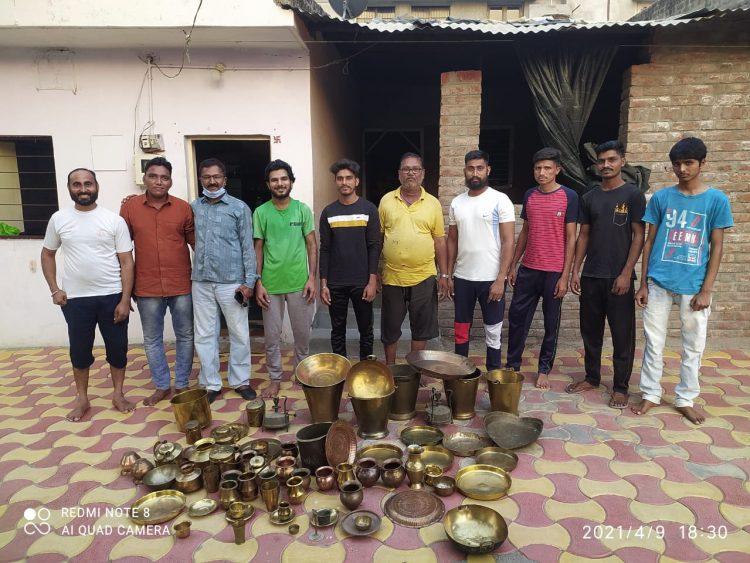
The young man from village TRAJ (Gujarat) collected 27.5 KG brass utensils from the community.
The campaign will also appeal to people who believe that “1 Country must have only 1 Nation, where every citizen is equal” to donate Rs 1 for the Parliament House.
A question may arise as to why poor people, who are battered over centuries, should donate Re 1 to the mammoth Parliament monument which has failed to ensure economic and social justice as promised in the Constitution.
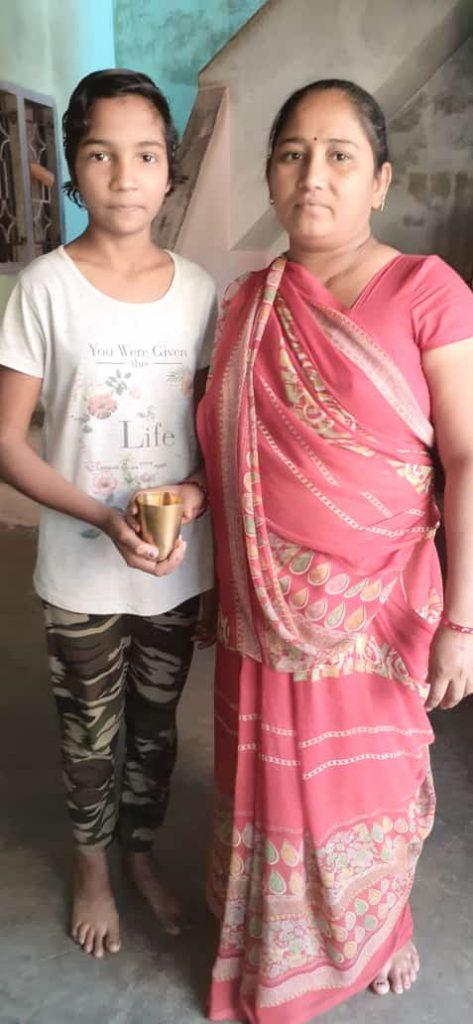
Niharika, a 12.5 yr old girl decided to go from home to home in her village (DHARMAJ) Gujarat to collect 5 KG of brass utensils and 100 one rupee coins. She has thus far collected 300 one rupee coins and 10 KG of brass.
For centuries, we as citizens have been donating to scores of religious shrines. Have we ever thought of donating to Parliament which is the only secular political shrine of citizens with a mandate to protect our rights? My Re 1 donation is a public statement that Parliament is a democratic institution and I have a share in it.
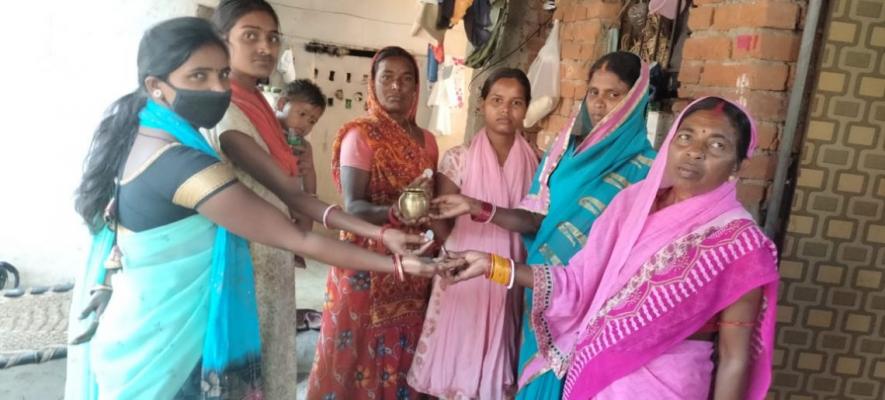
Buddha Smiles
This donation reminds me of a story we learnt in school. A kingdom announced that a Buddha statue in gold would be constructed. Monks led the campaign of collecting donations. Artisans designed the mould and poured molten gold into it. Everyone waited eagerly for the mould to open. Instead, a crack appeared on Buddha’s face, much to everyone’s grief. Was there a mistake in the construction of the mould or in pouring the melted gold? The statue was melted again and poured into the mould, but the crack on the face re-emerged and the process was repeated a third time.
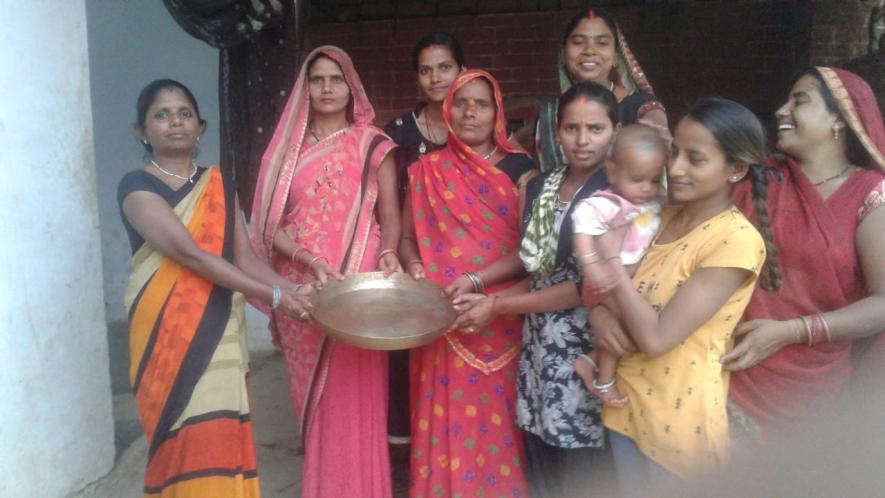
The head priest summoned all the monks and asked: “Did anyone of you reject any donation from anyone?” The eyes of the youngest monk fell and he said with a shaking voice: “An old lady living on the outskirts of our kingdom wanted to donate a tiny copper coin and I thought with all the gold, how will the copper coin match?”
The head priest, followed by all the monks, hurried to the hut of the old woman and with stretched palm and lowered gaze, he humbly said: ‘Mother, without your copper coin, the smile on the face of Lord Buddha will never come.” And with the copper coin in hand, they hurried back. The coin was melted with all the gold. It was poured in the mould and when it was opened, Buddha appeared with a smile.
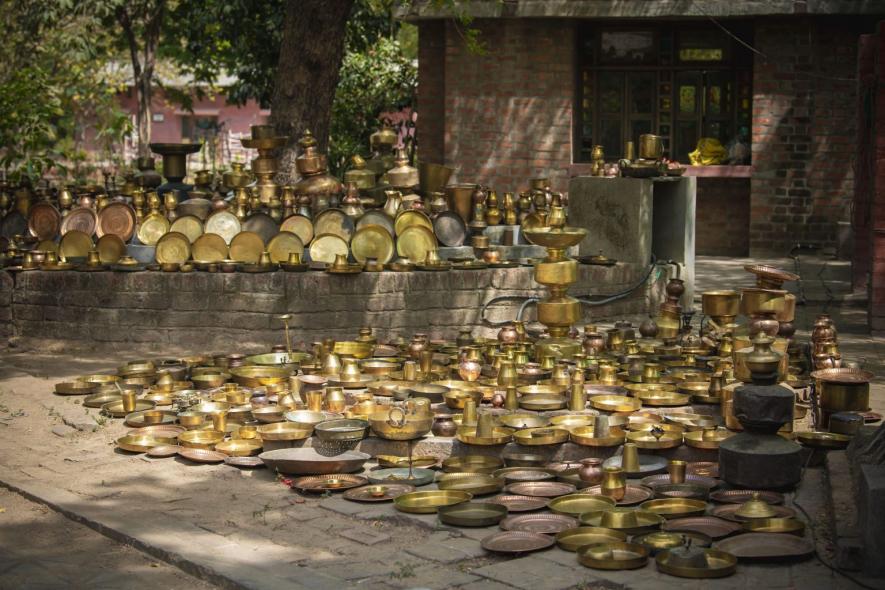
Like the attempts to build a statue of Buddha with a smile, our dream of building an untouchability-free nation has turned more than 70 years old. Yet, the wide and deep crack of untouchability on the face of the largest democracy lingers on. As my colleagues and I tour villages, we have never witnessed the enthusiasm of the people who part with brass utensils and Re 1 coin as their contribution.
Read also: Contemporary Challenges before the Anti-Caste Movement
This is a campaign based on hope. The hope that more and more people agree that caste is a blot on Indian democracy and humanity. After all, the annihilation of caste cannot happen with law alone.
(Dr. Martin Macwan is the founder of Gujarat-based Navsarjan Trust. Since 1980, he has been working with the rural communities, addressing issues of caste discrimination and untouchability. His work has been recognised nationally and internationally. His last edited book was Bhed -Bharat. The views expressed are personal.)
The article was originally published in The Leaflet.
Get the latest reports & analysis with people's perspective on Protests, movements & deep analytical videos, discussions of the current affairs in your Telegram app. Subscribe to NewsClick's Telegram channel & get Real-Time updates on stories, as they get published on our website.









